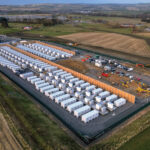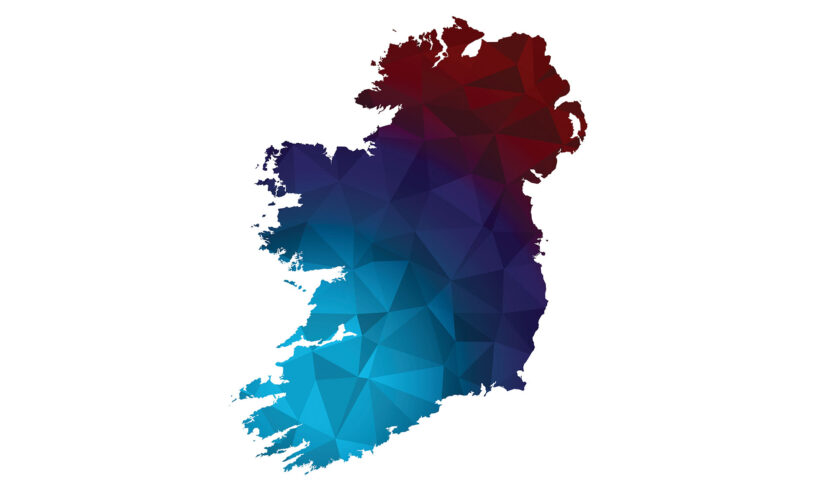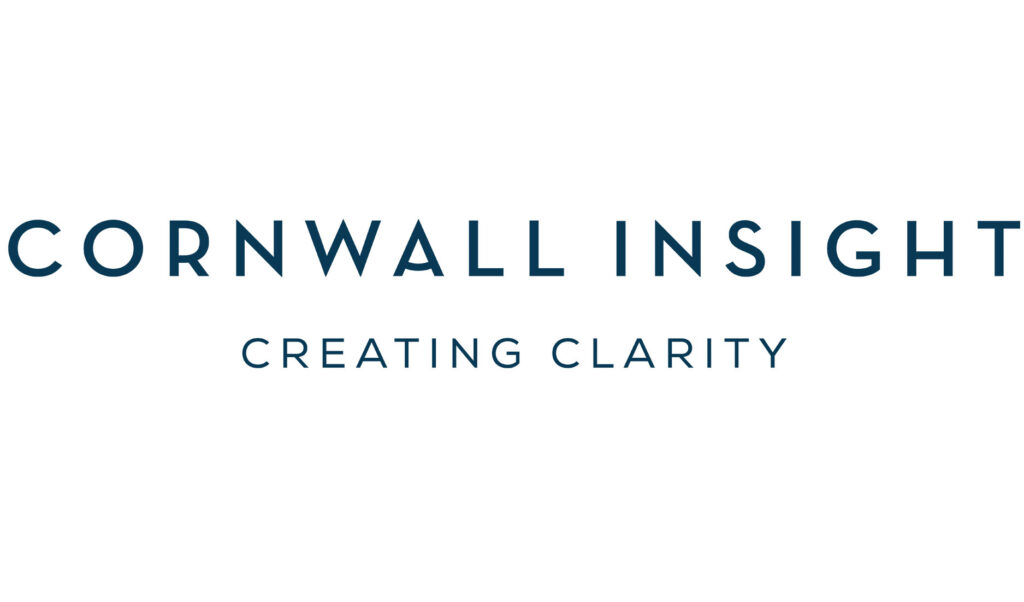
Will we remain within the first carbon budget?
13th October 2025
Sustainable construction for Ireland’s green future
13th October 2025Unlocking all-island grid potential

The energy transition is well underway, but ageing and limited electricity grid infrastructure across the island of Ireland is slowing progress, writes Lisa Foley.
Both governments have set ambitious 2030 targets, including sourcing 80 per cent of electricity demand from renewables. Meeting this goal requires not just more renewable capacity, but also a greater ability to utilise that power to meet demand. At Cornwall Insight, our market analysis, revenue forecasting, and network modelling shows that without smarter use of existing network capacity, these ambitions will remain difficult to achieve.
The challenge from a grid infrastructure perspective lies in two areas: the capacity to connect to the grid, and the ability to transmit power through it. Many renewable generators are already facing increasingly high levels of dispatch down due to system-wide operational constraints and local grid congestion especially as more generation connects.
Beyond renewables, low-carbon technologies that are used to help balance and stabilise the system also need grid access. Energy storage and demand flexibility have a significant role to play in supporting the energy transition, especially in terms of network congestion in addition to their role in wider system support.
One clear opportunity is hybrid connections, where two or more technologies (e.g., wind or solar and storage) share a single grid connection. Cornwall Insight’s analysis shows that hybrids can unlock substantial value, easing grid congestion, reducing dispatch down, lowering carbon emissions, and enhancing security of supply. For developers, hybrids can also mean faster routes to market and potential cost savings, making them an increasingly attractive option.
Encouragingly, there is a substantial pipeline of existing wind and solar projects that could be adapted into hybrid sites, but key barriers remain. Chief among them is the fact that current rules prohibit MEC (maximum export capacity) sharing and cross-charging between technologies whilst the lack of consistent definitions for hybrid assets, is creating confusion around what is permitted. Policymakers need to ensure existing frameworks continue to evolve to incentivise the required behaviours from low carbon technologies.
Another significant piece to this puzzle is in understanding the electricity network, exactly where opportunities and threats exist, for developers and investors alike. To accelerate the transition, developers and system operators must optimise use of the existing network while planning for future needs.
These challenges are fundamentally impacting both the potential to achieve the targets but also the business case for renewable generation development. Clear policy signals, flexible grid access models, and innovative use of the electricity network will be critical for unlocking the next phase of the island’s energy transition.
Lisa Foley, Head of Ireland and Northern Ireland, Cornwall Insight


